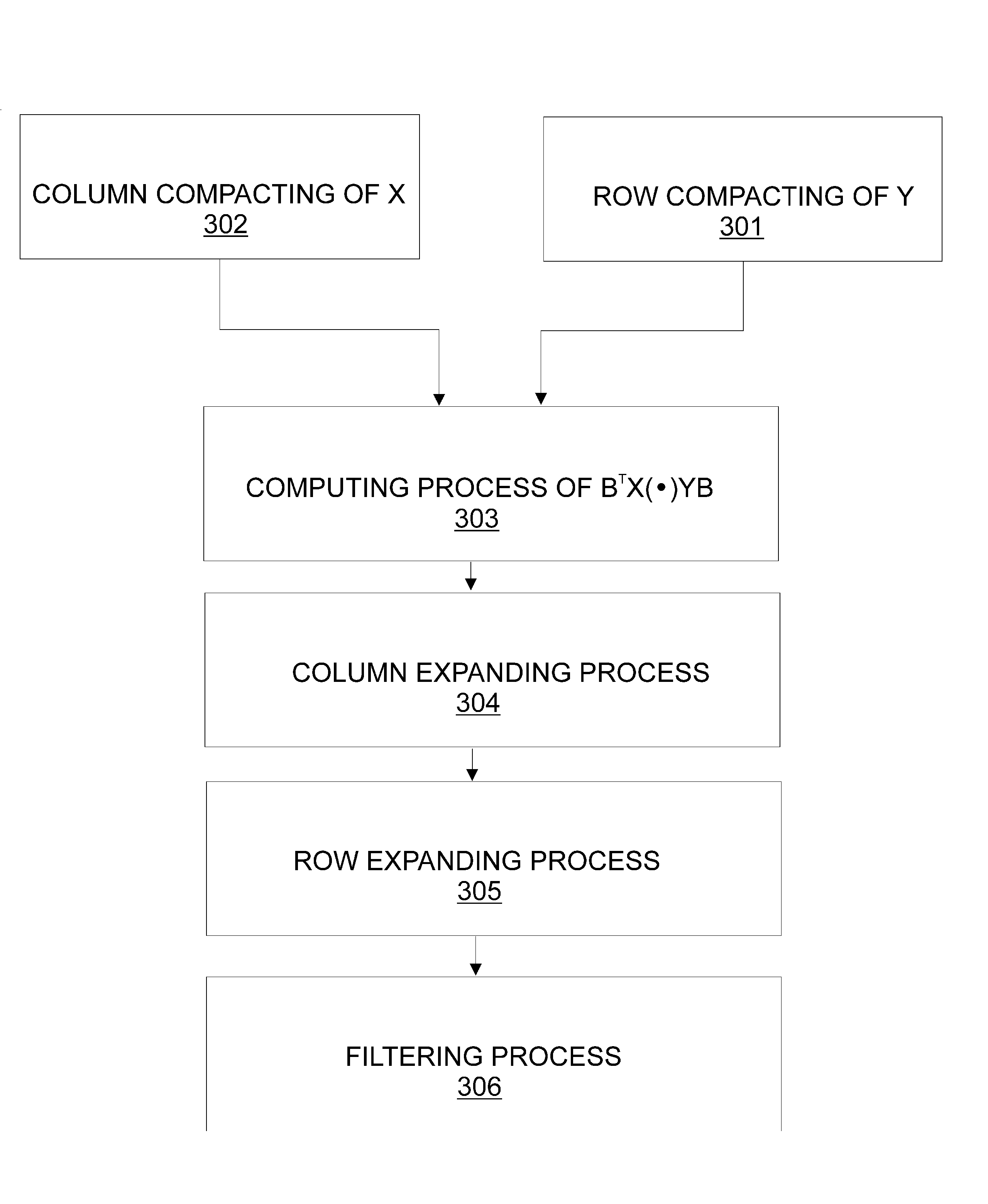Dense and randomized storage and coding of information
a technology of information storage and information coding, which is applied in the field of data storage and retrieval, can solve problems such as the inability to build machines capable of storing quantum bits
- Summary
- Abstract
- Description
- Claims
- Application Information
AI Technical Summary
Benefits of technology
Problems solved by technology
Method used
Image
Examples
Embodiment Construction
[0021] The present invention is described in part in Vince Grolmusz: Defying Dimensions Modulo 6, Electronic Colloquium on Computational Complexity Report TR03-058, (ISSN 1433-8092), Revision 2 (2004) which is incorporated herein by reference.
[0022] A general method was shown in (Vince Grolmusz: Low Rank Co-Diagonal Matrices and Ramsey Graphs, Electronic Journal of Combinatorics, Vol. 7, (2000), No. 1, R15) for the construction of n×n matrices A′ with 0's in the diagonal and non-zeroes elsewhere modulo a non-prime power integer, denoted by m. Said construction has the main property that said matrices have small rank modulo m, that is, matrix A′ can be written as the matrix product B′C′ modulo m, where B′ is an n×(t−1) and C′ is a (t−1)×n matrix with integer elements, where t is a small number relative to n, that is, t=no(1), where o(1) denotes a positive quantity which goes to 0 as n goes to the infinity.
[0023] It is also known from the prior art, that said matrix A′ can be constr...
PUM
 Login to View More
Login to View More Abstract
Description
Claims
Application Information
 Login to View More
Login to View More - R&D
- Intellectual Property
- Life Sciences
- Materials
- Tech Scout
- Unparalleled Data Quality
- Higher Quality Content
- 60% Fewer Hallucinations
Browse by: Latest US Patents, China's latest patents, Technical Efficacy Thesaurus, Application Domain, Technology Topic, Popular Technical Reports.
© 2025 PatSnap. All rights reserved.Legal|Privacy policy|Modern Slavery Act Transparency Statement|Sitemap|About US| Contact US: help@patsnap.com



